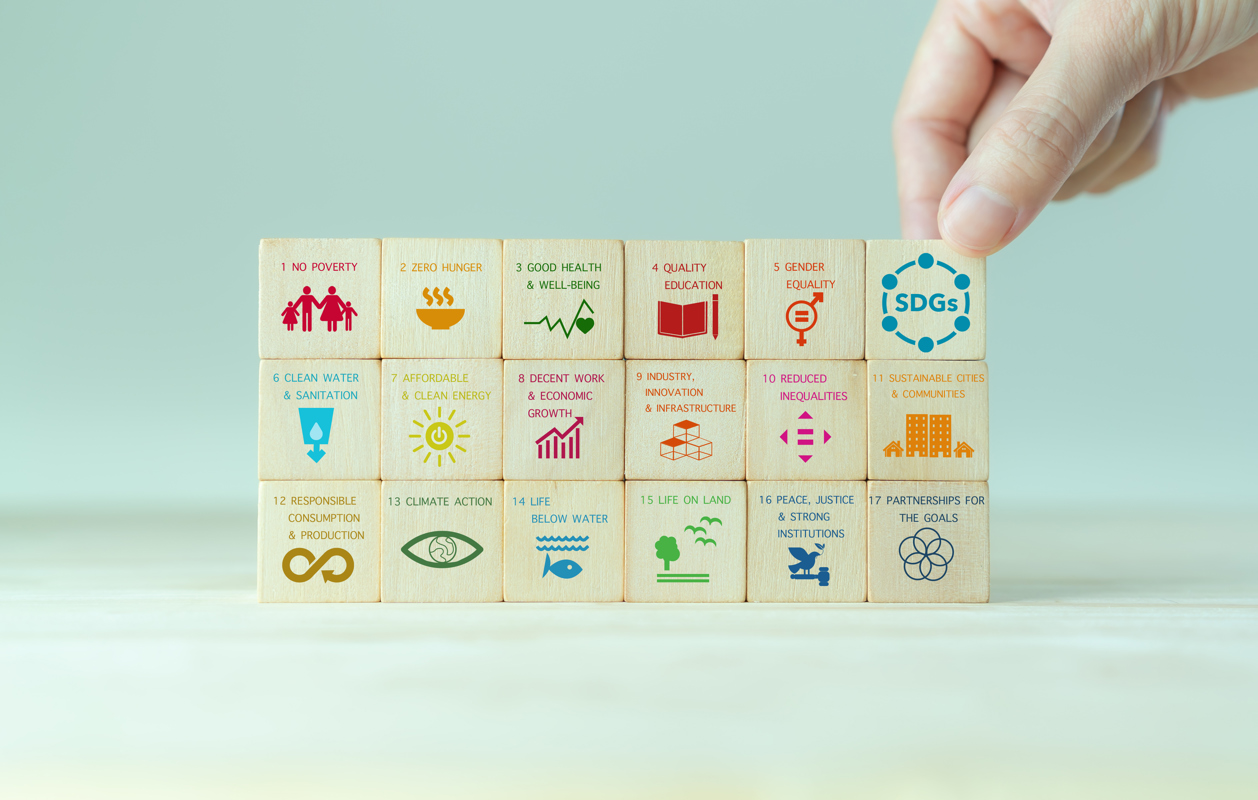
Sustainability development goals
We align our mission with the United Nations Sustainable Development Goals (SDGs); so can organizations and corporations that are required to allocate their resources for sustainability.
Rooftop beehives can contribute to several Sustainable Development Goals (SDGs) by promoting environmental sustainability, supporting biodiversity, and encouraging community engagement.
How rooftop beehives can align with specific SDGs:
- - SDG 2: Zero Hunger via Sustainable Agriculture.
- - SDG 3: Good Health and Well-being via Biodiversity and Pollination.
- - SDG 4: Quality Education via Educational Programs.
- - SDG 11: Sustainable Cities and Communities via Green Spaces.
- - SDG 12: Responsible Consumption and Production via Local and Sustainable Products.
- - SDG 13: Climate Action via Biodiversity Conservation.
- - SDG 15: Life on Land via Biodiversity Support.
- - SDG 17: Partnerships for the Goals via Community Engagement.
Organizations and corporations can contribute significantly to the above sustainability goals by implementing thriving bee-friendly shelters in urban areas, reducing their ecological footprint, and minimizing waste.
Corporate Responsibility
The Hive Project is the means corporations need to fulfill their social responsibility and requirements by making an impact and contributing to a crucial environmental issue.
By benefiting from The Hive Project, companies can align their actions with global sustainability goals, demonstrating their commitment to a better future for all.
Environmental, Social, Corporate and Governance
Rooftop beehives can contribute positively to Environmental, Social, Corporate, and Governance (ESG) factors, which are key components of responsible and sustainable business practices.
Here’s how rooftop beehives can align with ESG principles:
- Environmental Impact (E) via Biodiversity, Pollination and Sustainable Agriculture.
- Social Impact (S) via Community Engagement and Employee Well-being.
- Governance (G) via Innovation, Strategy and Transparency.
- Resource Efficiency (E) via Optimizing Resource Use.
- Stakeholder Engagement (S) via Customer and Community Relations.
- Supply Chain Management (S & G) via Product Responsibility.
- Inclusivity (S) via Community Education.
- Employee Engagement and Satisfaction (S) via Team-Building and Collaboration.